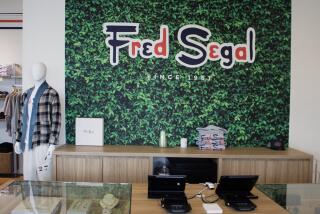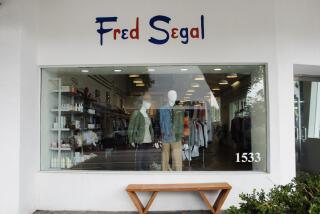After almost a century, landmark Sears store in Boyle Heights will soon close
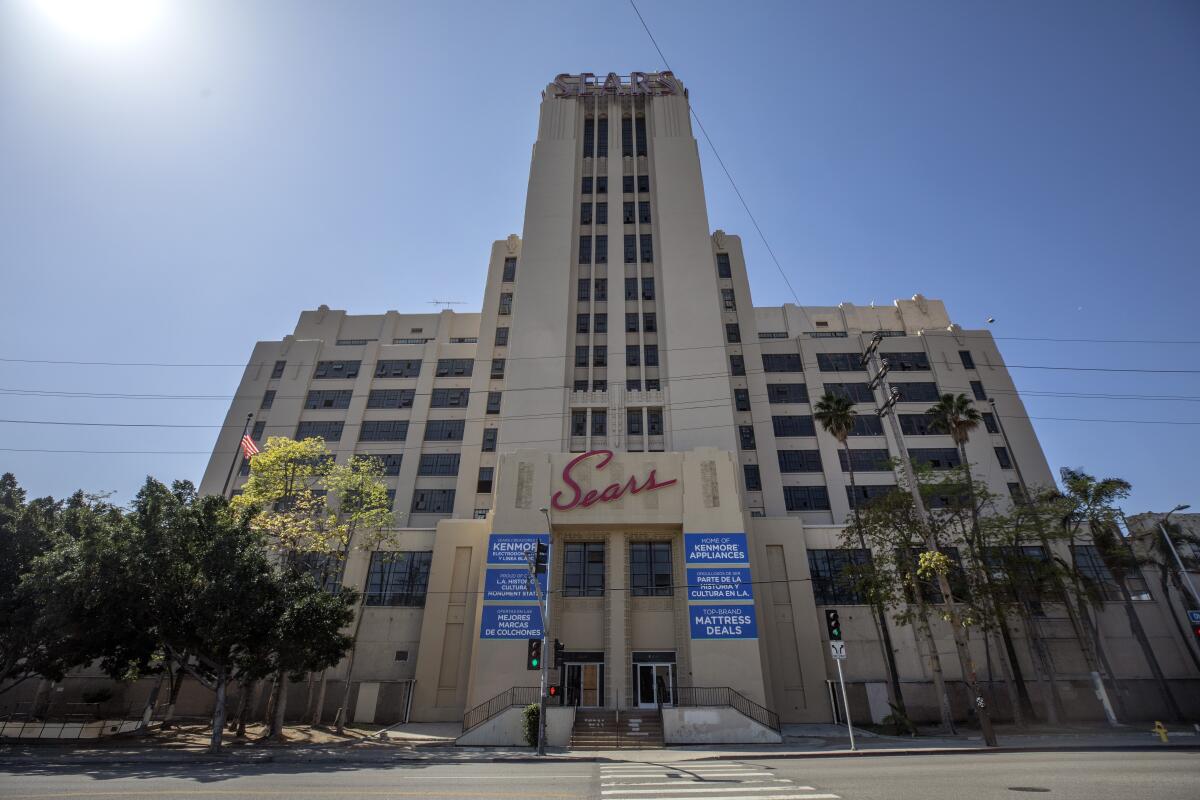
For generations of Boyle Heights residents, Sears was a place to buy the mundane necessities â khaki pants, refrigerators.
It was there for families as they grew, from baby clothes to prom dresses to business casual outfits for first jobs.
It was a window-shopping mecca, a place to gaze at puppies and kittens, to beg parents for candy and popcorn.
For new immigrants from Mexico, El Salvador and elsewhere, it contained all the things they hoped to one day afford.
It was a landmark, an Art Deco behemoth that bookended the neighborhood with its architectural cousin, the original L.A. County-USC Hospital.
It was a place where people worked â 1,800 strong when it opened in 1927.
It had a Spanish-speaking sales staff that catered to Latino shoppers.
âSears was our place, a place Latinos could feel comfortable and not be talked down to,â said Margarita Juarez, 86. âEvery time I entered Sears, I was immediately asked if I needed help. Try to find a store that does that now.â
Like other Sears stores around the country, the Boyle Heights location had withered in recent decades, part of a decline in department stores fueled by the rise of Walmart and Target as well as niche retailers and online shopping. In 2018, Sears filed for bankruptcy.
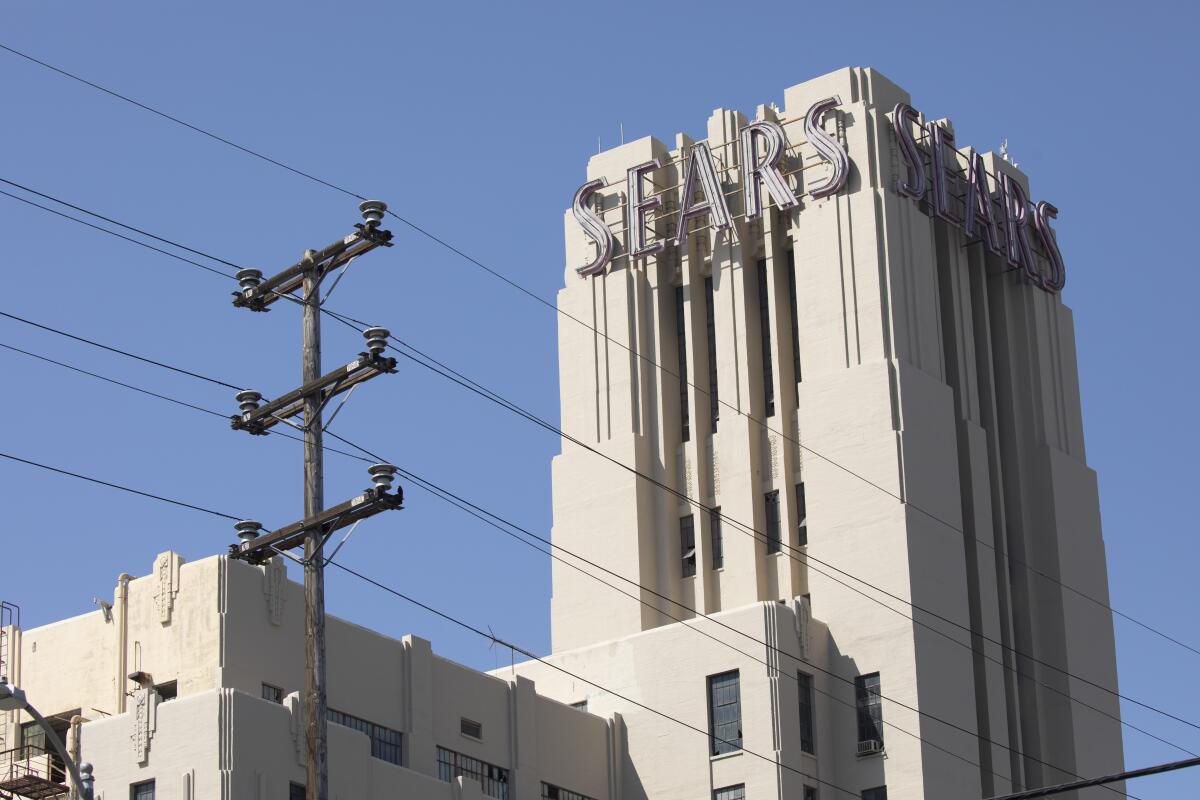
The store, whose green-lit logo is visible for miles at night, towering above a confluence of freeways on East Olympic Boulevard near the L.A. River, was one of the few surviving Sears outlets in the area.
In a recent round of cuts affecting Sears stores nationwide, the Boyle Heights location was not on the chopping block.
But in the last few weeks, a closing sale has been underway in the first-floor retail area, with jewelry and rugs up to 80% off.
Searsâ parent company, Transformco, did not respond to requests for comment. Several Sears workers, who were not authorized to speak on the record, said they were told the store would close within weeks.
Most Boyle Heights residents had switched their shopping loyalties years ago, after the Sears became a shadow of its former self. Still, the impending closure represents the end of an era for the working-class neighborhood.
Angie Chavez, who moved to Boyle Heights in 1951, often shopped at Sears on Sundays after attending Mass at St. Maryâs Catholic Church.
In 1952, she purchased her first television at Sears â a Silvertone encased in a thick wooden cabinet that lasted for more than two decades.
After moving to Montebello in the mid-1990s, Chavez continued to frequent the store until she stopped driving in the 2000s.
âIt was a community experience at Sears, because every time you went, youâd run into someone you knew,â said Chavez, 91, a retired printer and engraver. âEven the salespeople were local, and you would talk to them about their families.â
Juarez, one of 11 children who grew up in the Rose Hills area of East L.A., recalls shopping at Sears with her family in the early 1940s.
The prices were reasonable, and there was ample parking. For children, the store was a wonderland.
âI can still smell the popcorn 80 years later,â said Juarez, a homemaker.
In 1973, the Boyle Heights store became one of the first in the Sears chain to offer sales contracts in Spanish.
In addition to being a retail store designed to meet every need, the Sears building housed a mail-order fulfillment center â the 20th century counterpart to an Amazon warehouse.
In the early years, workers glided around the building on roller skates and pushed baskets filled with appliances, linens and other products down corkscrew-shaped chutes to be shipped around the country.
Many locals built decades-long careers at Sears.
Boyle Heights native Edward Martinez started at Sears in 1963, moving up the ranks from forklift and freight operator to foreman.
Martinez met his wife, co-worker Cruz Munoz, at Sears and married her in 1967.
In 1992, Martinez was one of nearly 2,000 employees laid off when mail-order operations in Boyle Heights and Montebello shut down.
Still, Martinez loved Sears so much that at his March 17 funeral, his body was dressed in a black work shirt adorned with his 5-, 10- and 25-year Sears anniversary pins, his Sears identification badge and his brown Sears Craftsman hat. He was 78 when he died of complications from diabetes.
âMy dad loved his family above all, but Sears was a close second,â said his son, Edward Martinez Jr. âHe used to say, âSears put a roof over your head, clothes on your back and food on the table.â So to our family, it was always a magical place.â
As students at Garfield High School, Rolando Cruz and Guillermo Villaseñor participated in a workforce development program at Sears during the 2000 holiday season.
âSears is the place I learned how to tie a tie and customer service skills working with the señoras buying clothes for their husbands,â said Cruz, 38, a project manager for a nonprofit who still lives in Boyle Heights.
Cruz often saw Father Gregory Boyle, the Jesuit priest and founder of Homeboy Industries, at Sears helping former gang members select work attire.
Villaseñor stayed on with Sears for six years. During that time, he recalled, employees were in constant fear that the store might close.
âEvery year, it was supposed to close, and it never did,â said Villaseñor, 38, an accountant. âItâs crazy that after 94 years, itâs happening.â
In 2000, an Arizona investment firm purchased the building, proposing to demolish the lower three floors, remodel the existing store and make space for other retail businesses.
The remodel never materialized. Nor did a $350-million plan by the next owner, Mark Weinstein and his Santa Monica development company MJW Investments, to build a residential and retail complex.
Amid concerns from community activists about affordable housing and gentrification, MJW put the Sears complex on the market in 2006.
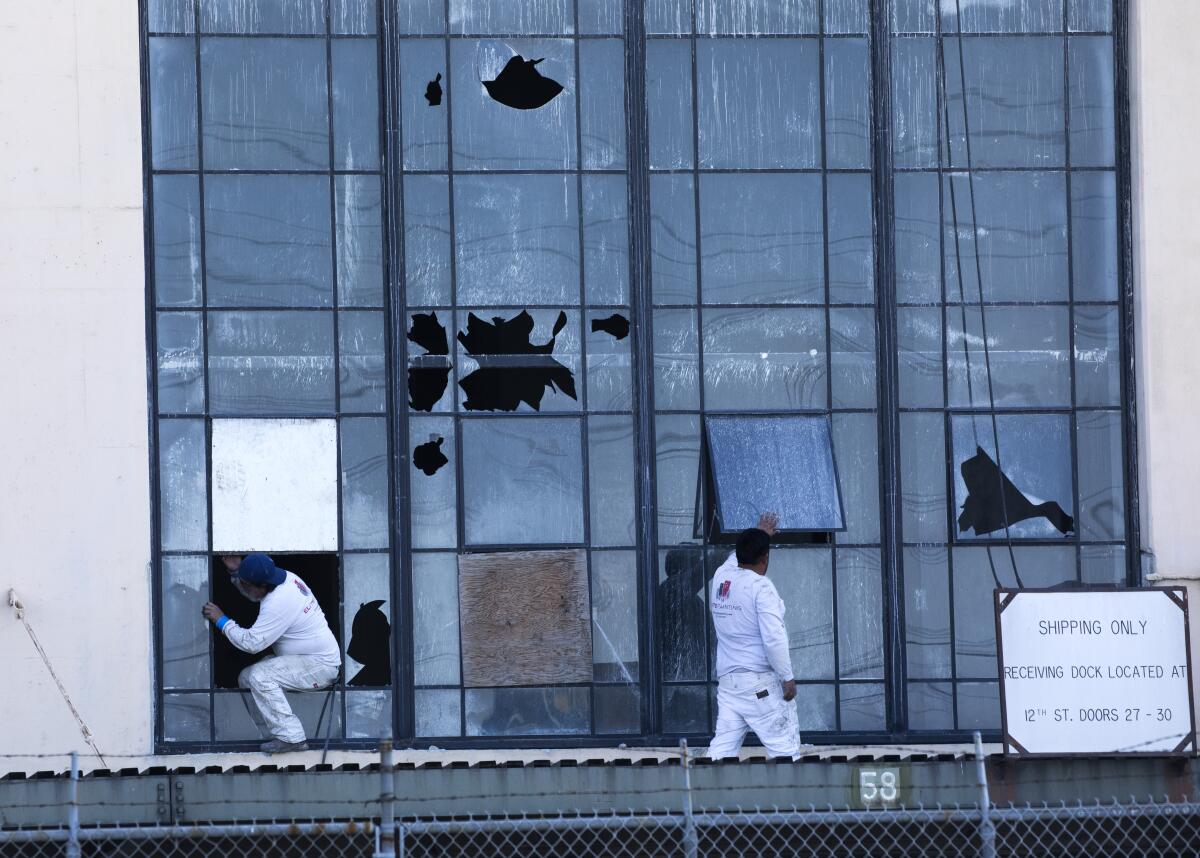
Boxing legend and Eastside native Oscar De La Hoya tentatively agreed to purchase the property but soon backed out.
Developer Izek Shomof, who purchased the property in 2013, plans to turn it into residential lofts, a trendy food hall and creative office spaces with a rooftop recreation area, but the COVID-19 pandemic has slowed progress.
Shomofâs son, Jimmy Shomof, who is a Shomof Group representative, said that an update on the buildingâs future would be announced soon.
Forbes contributor Michael Lisicky first reported the impending closure.
At the closing sale on a recent Wednesday afternoon, bracelets were the only jewelry inside a case advertising a 75% discount.
Signs hanging from the ceiling read: âStore closing sale! Everything at least 20% to 75% off. Everything must go!â
A few shoppers scrounged for bargains amid an assortment of leftovers: menâs white jeans, womenâs extra-small blouses, rugs for 80% off, a male mannequin torso for $45, a worn elementary school desk for $5.
Blanca Reyes, a 53-year-old house cleaner, lives in Highland Park but had never shopped at Sears until a friend told her about the closing sale.
She picked out a Spider-Man face mask for her 7-year-old grandson and rummaged through shoeboxes for a pair of Reebok size 7s for her husband.
The available colors were not to her liking.
She said she was more of a JCPenney person, though she was sad that Sears was closing.
âI guess this is all thatâs left,â she said.
More to Read
Sign up for Essential California
The most important California stories and recommendations in your inbox every morning.
You may occasionally receive promotional content from the Los Angeles Times.

